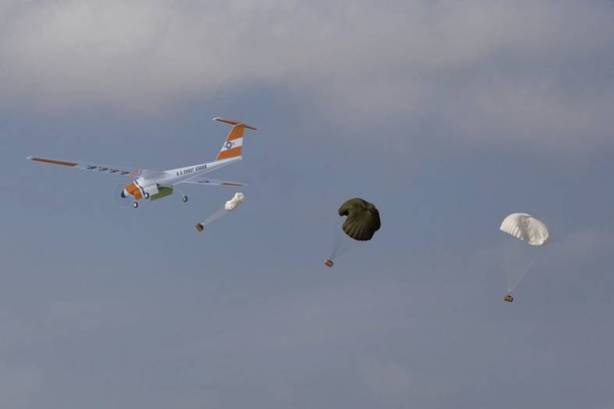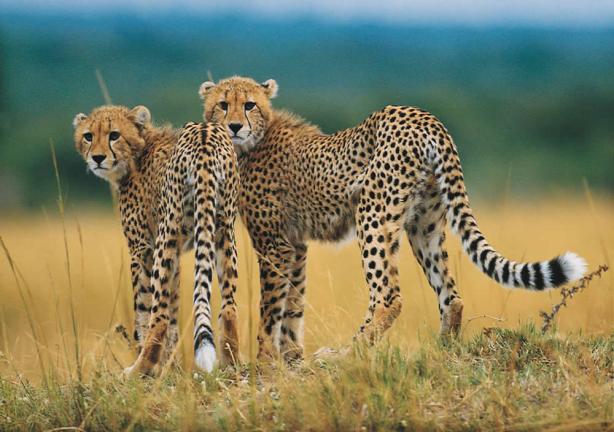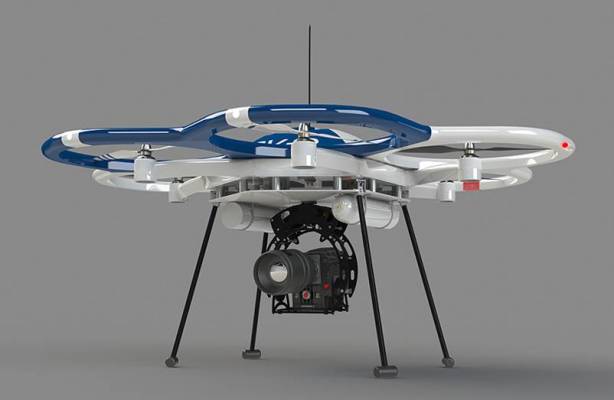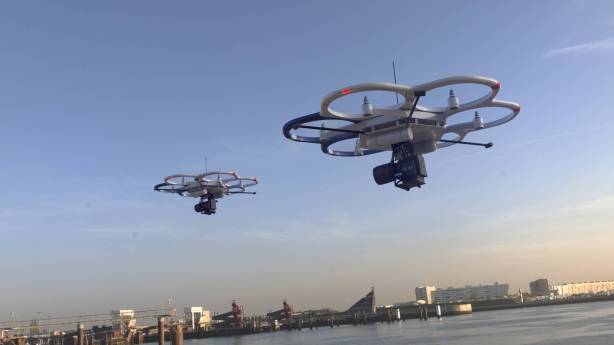The Truth About Drones
Public Perception
The Media perpetuates the use of the term “drone” on a regular basis when discussing UAV systems, which has a lot of negative connotations left over from the early use of truly “unmanned aircraft” decades ago. UAV systems of today are comprised of an aircraft, operator, control station, telemetry gear and satellites. There is truly nothing “Unmanned” about unmanned systems, since a pilot is always somewhere in the control loop.
When the word “drone” is used, people immediately think of military applications of the technology–they think that “drones” kill people and destroy property. While the military does use drones for warfare and military purposes (IE: the Predator drone), there are smaller unmanned aerial systems (UAS) that can have amazing new uses:
- Lifesaving Efforts
- Search and Rescue
- Infrastructure Inspection
- Agricultural Inspections
- Endangered Species Protection
- Public Safety
- Border Patrol
- Perimeter Security
- Motion Picture Industry
- Commercial Aerial Photography
Life Saving

Rapidly search, and deploy lifesaving equipment at a fraction of the cost of current methods employed today with no risk of injury to flight crews.
Infrastructure Inspection
Agricultural Inspection

Allows farmers to get real time views of their crops to optimize water, fertilizer and pesticide application. UAV’s are much faster and more cost effective than other methods such as satellite imagery or the use of full size aircraft to take aerial photos.
Endangered Species Protection

The WWF is current researching the use of UAV systems to monitor endangered animal species. UAV systems can monitor both animals and poachers while directing valuable resources where they are most needed to prevent poaching.
Public Safety

Unmanned aerial systems can be used to restore critically needed infrastructure systems, such as cellular phone service, to stricken areas after natural disasters like floods, hurricanes, tornadoes, tsunamis or earthquakes. They can also provide airborne security at major public events like the Olympics, the Super Bowl or political conventions.
Border Patrol and Forest Service

UAV’s can be used to search country borders for illegal activities such as drug smuggling and human trafficking. In terms of forestry, they can survey wide open forest areas to help detect fires and rapidly direct needed resources in a timely, cost effective manner.
Perimeter Security

UAV’s enable high resolution persistent surveillance and perimeter security of critical infrastructure installations such as power plants, water treatment facilities and government buildings.
Motion Picture Industry

UAV’s can safely capture shots that were historically done with helicopters with no impact to sets from rotor down-wash. UAV’s allow for greater freedom of movement for camera and can capture shots with limited physical space.
Commercial Aerial Photography
Technological Acceptance
Drone technology, while not incredibly brand new, is still an emerging technology in aviation. ROV Systems COO and Innov8tive Designs CEO, Lucien Miller, a leading pioneer in developing and distributing UAV’s for recreational and commercial purposes explains there are 6 stages of technological acceptance:
- Ignorance: People are unaware the technology even exists.
- Denial: People hear about it, but deny that it is important.
- Fear & Anger: People do not understand and over-react.
- Acceptance: People begin to see the use of the technology.
- Understanding: A “light bulb” goes off and they finally get it.
- Enthusiasm: People see the benefits of the new technology, and start to encourage its use and development.
History has shown that human beings are slow to embrace emerging technologies. When Henry T. Ford announced the launch of his Model T automobile, detractors questioned why when horse and buggy was efficient enough. People questioned the need for a television when radio was good enough for most households. And I’m sure most people never thought a computer would be embedded in nearly every device in our lives. With the negative media attention that UAV’s receives almost daily, we hope this web site shines a better light on their legal capabilities.


I am glad I found this site from researching the topic of technology acceptance methodology. Positive news is rarley front page and yet the public needs the facts. Currently exploring the performance and acceptance by design building of quad/hex/octocopters using OTSP off the shelf products and open source platforms compared to proprietary products relative to cost and results. In order for the public to make crucial life saftey decisions they must be accuratlly informed comparing apples and apples.